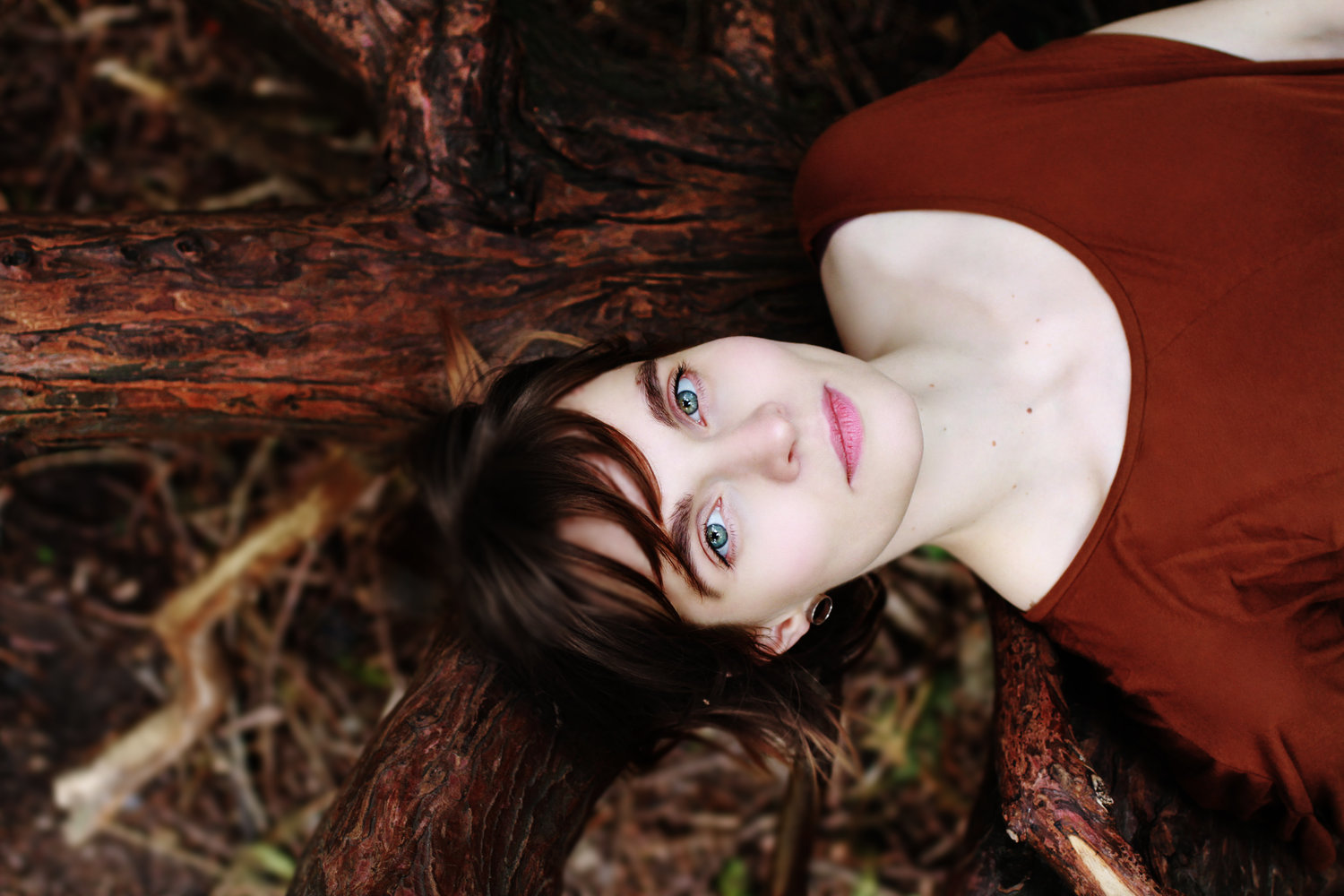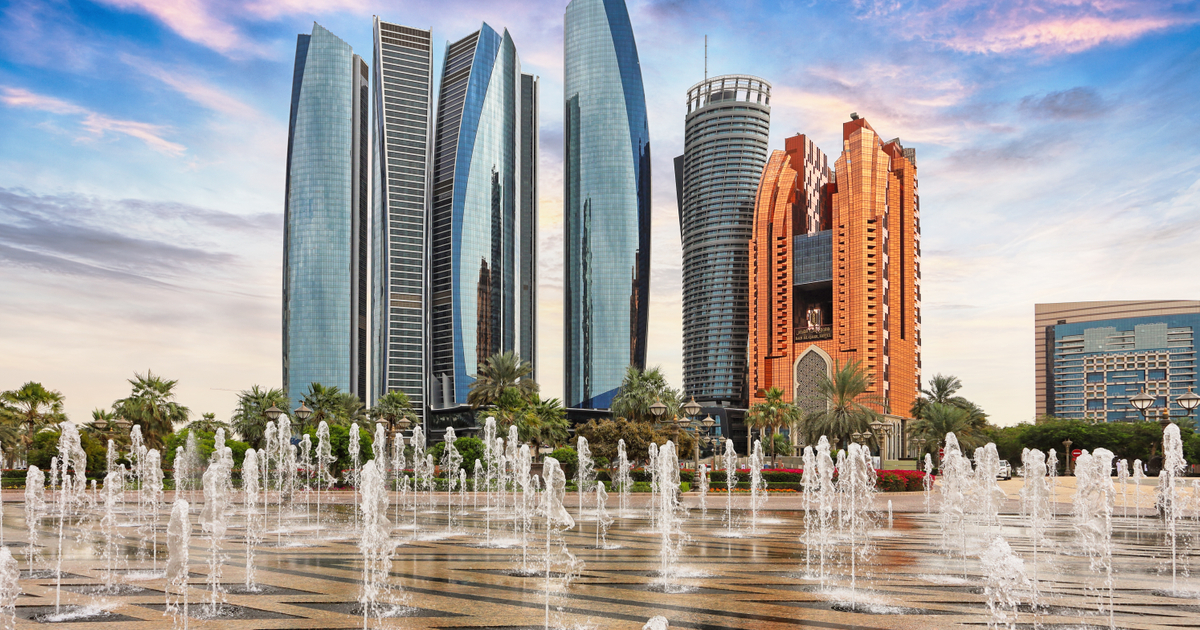Composer to Watch: Hildur Guðnadóttir of “Joker” and “Chernobyl”
It may seem counterintuitive for an Oscar winner to be under the radar but, like many composers not named John or Hans, Hildur Guðnadóttir is not yet a household name. Film is, in many ways, still thought of primarily...

It may seem counterintuitive for an Oscar winner to be under the radar but, like many composers not named John or Hans, Hildur Guðnadóttir is not yet a household name. Film is, in many ways, still thought of primarily as a visual medium, but that understanding leaves out one of the great assets that cinema has over other visual arts: the element of sound. So many films use their scores and soundscapes to influence the audience’s emotional response and to tell the story of feeling.
Guðnadóttir is a cellist, composer, and singer who has worked in a wide variety of media. She has composed music for film, theater, and dance performances and has released several solo albums. Born in Reykjavík, Iceland, she attended Reykjavík Music Academy, Iceland Academy of the Arts, and the Berlin University of the Arts, where she studied composition and new media. Now based in Berlin, she has won an Emmy, a Golden Globe, and a Grammy in addition to her Oscar.
Besides her work as a composer, she has appeared on soundtracks as a cellist for the films “Arrival,” “The Revenant,” “Sicario,” “Candyman,” and more. Her work has also appeared in a number of critically acclaimed series: her original piece “Heyr Himnasmiður” is featured in the second season of Hulu’s adaptation of Margaret Atwood’s “The Handmaid’s Tale,” and she composed for the HBO limited series “Chernobyl,” which revisited the events leading up to and following the 1986 Chernobyl nuclear plant disaster.
Though we often think of a film score as the element that comes last during creation, Guðnadóttir has worked on multiple projects that flip that script. In an interview with Norbert Kron for ARTstories, she discussed her work with “Joker” helmer Todd Phillips. “He asked me to start writing the music based on my feelings of the script . . . I started to approach the music and explore different tonalities and ways of going into it. When I found his notes and his tones and his tonality it hit me really hard, it locked together what I’d felt physically when I’d read the script,” she explained.
This method has a powerful impact on the physicality of the Joaquin Phoenix performance, especially the scenes in which he is dancing. Guðnadóttir revealed, “The music was allowed the space to really influence the tonality of the scenes and the movement of the scenes, so Joaquin was really allowed to perform to the music and have the music lead the way into his performance . . . That’s a really magical way to go about it.”
During the bathroom dance scene in “Joker,” the score takes center stage during The Joker’s transformation from victim to victimizer. Many similar scenes show the villain achieving this change to music that is dark and angry, or fast and driving. Guðnadóttir does something very different by creating a score that is lush, lovely, and foreboding while also foregrounding the melancholy involved in the horrors of the world remaking a person into someone brutal. Paired with Phoenix’s lyrical dance, this transformation is not a triumph, but a haunting and complex choice.
The sense that the music she composes is embedded in the moving image instead of layered upon it is also at work in her scoring of “Chernobyl.” Again, Guðnadóttir began her work on the score before the show was in edits, and this time she went to a decommissioned power plant in Lithuania where the project was being filmed. In an interview with Score the Podcast, she talked about recording the sounds of the space and using the vocals of the place itself to create the score. “We went in there in full suits . . . full hazmat suits,” Guðnadóttir said. “Chernobyl is one of the biggest catastrophes of our lifetimes. . . How does that sound? Like how does a catastrophe really feel like and how does it sound and how does it feel to be in that situation?”
Guðnadóttir was struck by the sense of the place, the clothes, the smells, the kilometers-long corridors. After recording on location with sound recordist Chris Watson, she listened to the hours and hours of everyday sound they had recorded. “Being completely present for every single sound and listening to every single sound, it was a little bit like gold-digging,” she explained in the interview.
Unlike most traditional scores which utilize musicians and instruments, this one was created entirely from the sounds they had recorded at the power plant. “The big solo musician of the score was this door that made these incredible sounds. I mean, it was the door to a pump room. We just came up to this door with a microphone and were like [gasp] oh my god, all these high frequencies that were making all these crazy noises, almost inaudible, but so high pitched you really had to focus to hear anything,” Guðnadóttir explained.
The sense of place is so strong because so many aspects of the filmmaking rework the location’s elements, highlighting its most salient parts — not only in the image and sound design, but in the very music. “So I would just like listen to this door for hours and hours and hours and then I’d be like ‘okay, in minute 35 and 20 seconds there’s like this dee, dee, dit’ that I was like ‘oh my god, that’s a melody’ so I’d take those little snippets and they would become the melodic aspects of the score,’” she said.
Guðnadóttir’s work is haunting, rich, and layered. It isn’t simply moody but has an expansive quality that combines an incredible range of sonic elements. It feels less like a gut punch and more like an ocean of sound that rises and falls, forcing you to keep your head above the water or drown. It is evocative because Guðnadóttir is an artist who knows the space and feelings she is creating sound for and from. Much of her solo musical work combines cello and ethereal voices, placing the gravitas of the low strings with the crystalline choral arrangements to create an interplay between the registers.
The depth and intensity of the cello, layered with the haunting ethereal voices of women, is a common theme in her work. Guðnadóttir was a cellist first, and her composing work builds from that. The cello has gravitas and sorrow that the strings in the higher registers lack. It is the soulful, and often sad, backbone of the orchestra. Guðnadóttir’s haunting music draws from this well.
Hers is a singular voice that calls out to others. In her Oscar acceptance speech, she said, “To the girls, to the women, to the mothers, to the daughters, who have music bubbling within, please, speak up. We need to hear your voices.” Guðnadóttir’s own musical voice is a product of her empathetic listening – to a corridor, to a room, to a door. Her scores and music demonstrate how vital understanding is to creating work with feeling.
Listen to Guðnadóttir’s work on her website.

 Astrong
Astrong 































